In the old days, all sake was produced in cedar barrels , carried in barrels and sold in barrels. At that time, all sake was taru sake with a scent of barrel incense. Later, bottled sake became popular, and the aroma of barrels was wiped out from ordinary sake.
No extremes in Sake Brewing.
Choryo's sake brewing is originated from the Nanbu-ryu Hirano-ha (sake brewing of Hirano school from Iwate), and while carrying on the techniques from our pioneers, we are challenging to brew sake that invites customers feel relieved and satisfied with.
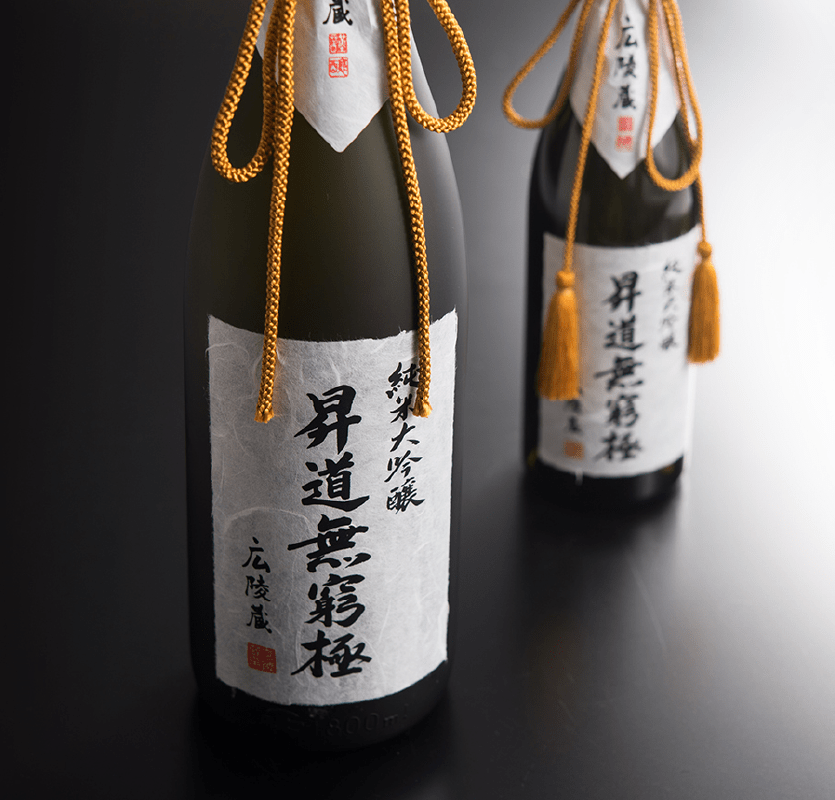
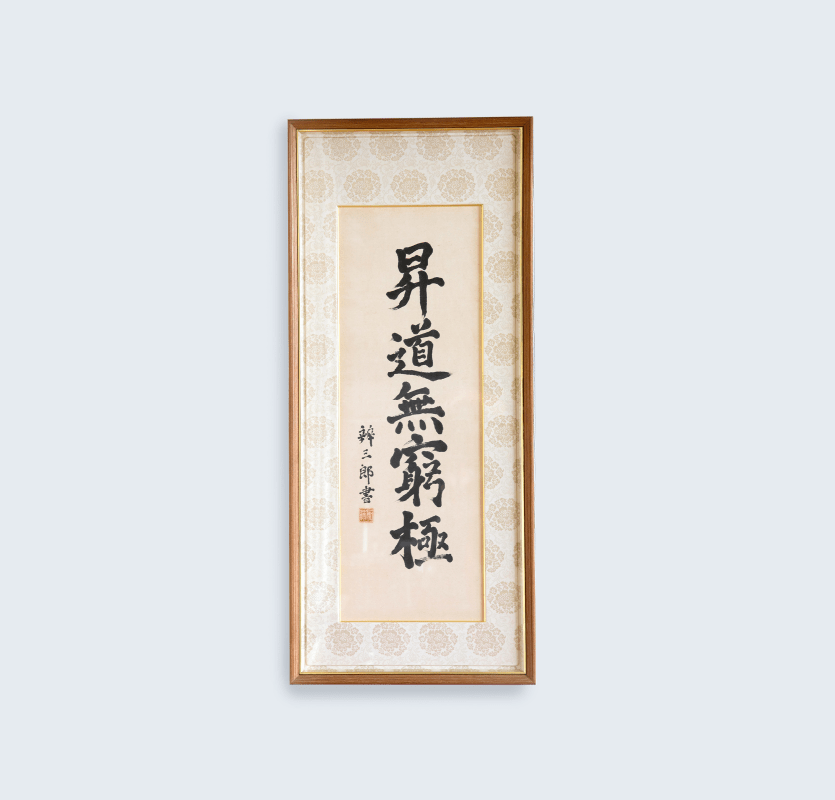
Shodo Mukyukyoku
"Shodo" means that the road of "Sake brewing" is strict and infinitely wide, and "Mukyukyoku" means that the road never stops and never ends. It is a word that means that there is no limit to the pursuit of quality, and the desire for quality is endless.
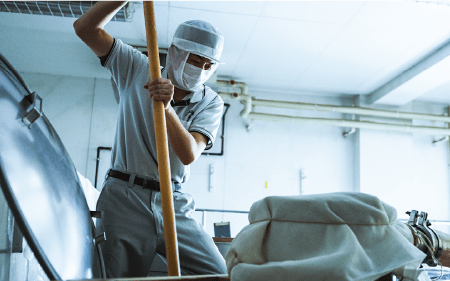
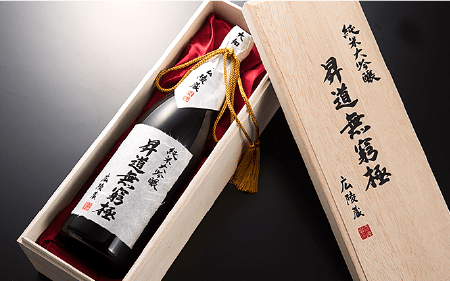
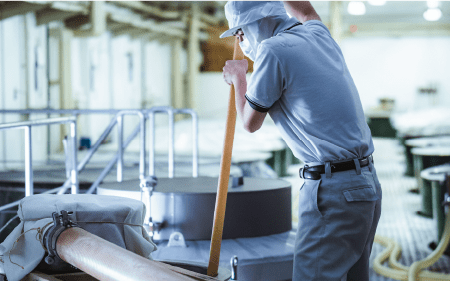
series
Yoshinosugi no Tarusake
Kagami biraki with taru sake, which has been indispensable for celebrations and events since ancient times. Choryo's "Yoshinosugi no Tarusake" was born in 1964 as Japan's first "bottled tarusake" that encapsulates the deliciousness provided from cedar barrel in a bottle. "Yoshinosugi no Tarusake" has the best balance of taste and aroma, which has not changed even after about half a century.
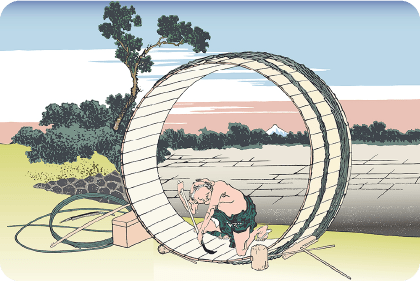
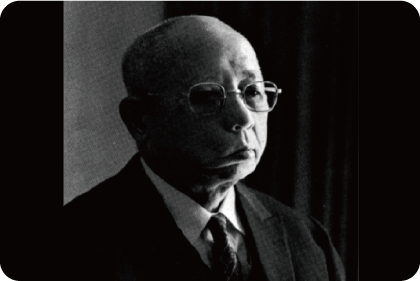
The founder, "Teiichi Iida," aimed to bottle sake with the best balance of taste and cedar aroma . He studied hard and in 1964 he launched it as a bottled tarusake .
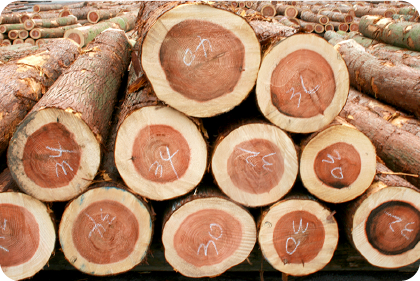
Delicious tarusake begins with the selection of barrel materials. The barrels for tarusake made with the cedar in Yoshino Nara Prefecture has traditionally been evaluated as the most ideal material not only because of the aroma of the barrels but also the harmony of the extract and the astringency of cidar which lead to the clearness of tarusake.
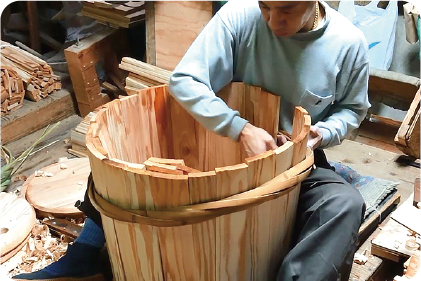
Cedar barrels are made without the use of nails or studs. Storing in the barrels for a certain period of time so that the flavor of the cedar will be the in the best condition. Determine the timing of the bottling when it changes to umami, and cooling the bottle immediately after pasteurization to contain the aroma and taste of the barrel.
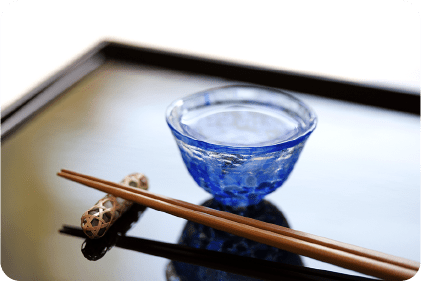
Ingredients derived from cedar barrels are easily emulsified with fats and oils, so the fats and oils in the mouth are easily washed away, enhancing the taste of the ingredients and making the umami lingering feel longer. It is an in-meal sake that goes well with food.
series
Inenokuni no Inenosake
Tsuyuhakaze, the only recommended variety in Nara prefecture and the sake-specific rice variety. "Inenokuni (The land of rice) = Japanese sake made with rice = Junmai-shu" , which is made in Yamazoe village where still remains the original scenery of Japan. This sake has a wild and unique taste that gently spreads in your mouth, and you can fully enjoy the taste of rice.
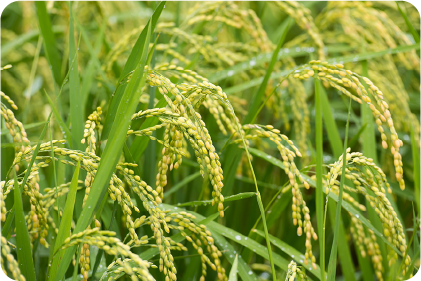
The Tsuyuhakaze was born in 1963. It was registered as sake-specific rice variety and became the only recommended variety in Nara prefecture. However, the use of popilar sake rice from other prefectures has become the mainstream, and in addition, due to it's poor productivity, the planted area gradually decreased, and in 1982 it ceased to become "phantom sake rice."
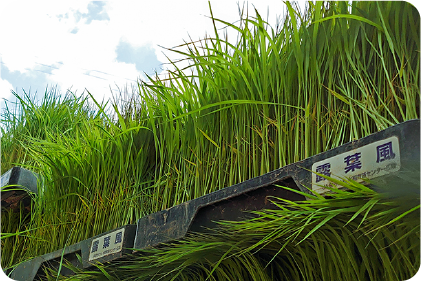
However, in response to the revival of cultivation, in 2002, outsourced cultivation of Tsuyuhakaze began in Yamazoe-mura, Yamabe-gun, Nara Prefecture.
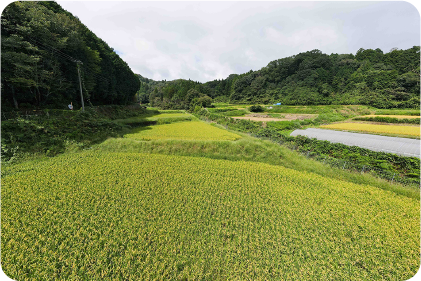
Yamazoe Village is located in the northeastern part of Nara Prefecture, on the prefectural border with Mie Prefecture, and is located in the highlands at an altitude of 120 to 620 m.
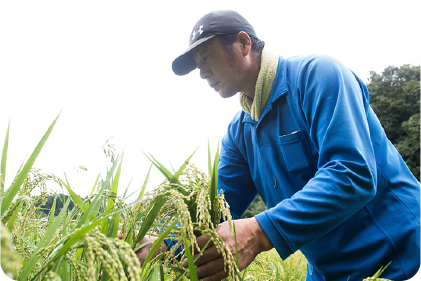
The sake brewed with "Tsuyuhakaze" that grows robustly in an environment rich in nature tastes with good body that brings out the taste of rice. "Rice country = Japanese rice sake = Junmai sake", Junmai-shu made in "Yamazoe Village", the original scenery of Japan.
series
Futaho
"Futaho"is a Junmai-shu brewed with 100% of Omachi rice cultivated in the Takashima area of Okayama prefecture, the birthplace of Omachi rice. Shipped after aging in bottles for a certain period of time in a low temperature so that you can enjoy the deep taste and finish. "Vintage Junmai-shu" that allows you to enjoy the changes in taste with each brewing year.
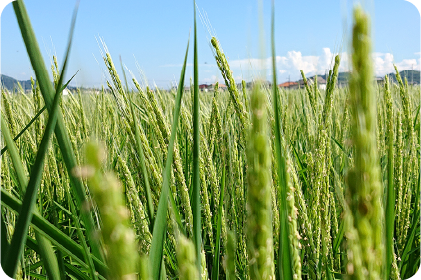
The oldest surviving sake rice "Omachi". Since the "two ears" discovered by the farmer "Jinzo Kishimoto" in 1859, it was named "Nihonkusa", and rumors spread that this was a very good sake rice, and eventually it became to be called as " Omachi rice " after it's cultivation region's name.
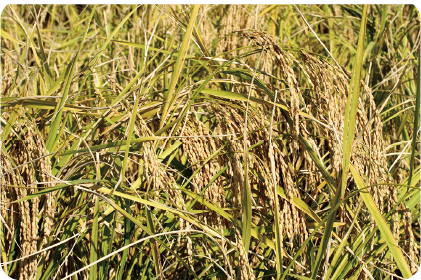
Omachi rice is tall (about 160 cm) and each grain is large, so it hangs down on the ground and is vulnerable to pests. Omachi rice is called "phantom sake rice" because it's quite difficult to cultivate and obtain.
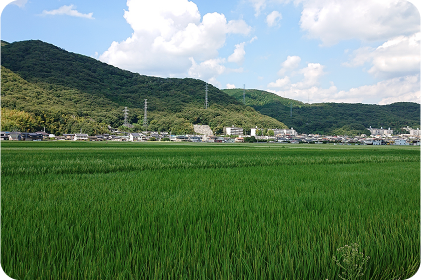
"Omachi rice" has a potential to generate a soft and well-rounded taste. In order to bring out the flavor of Omachi rice, we do not dare to polish sake rice too much, but aim to brew sake that maximizes the individuality.

Sake continues to change even after pressed. At Choryo, it is stored at the optimum temperature of about 10 degrees throughout the year. By aging in a low-temperature in bottles, we are pursuing a delicious taste and maximizing the deep finish.
-
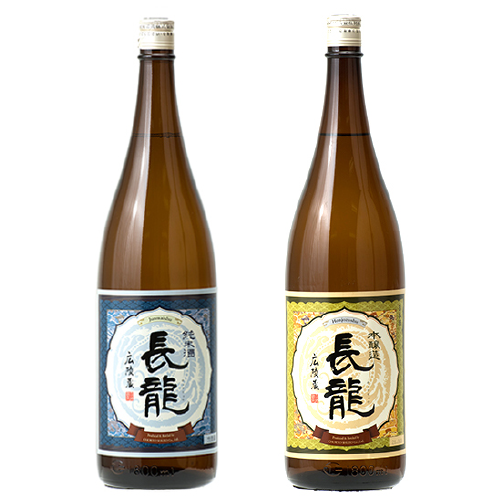
-
Regular
The word "Sake Dojo" at the entrance of Koryo brewery means a dojo where everyone devote themselves to brew sake with great quality. While accepting the changes of the times, we never forget new challenges every day and practice sake brewing with an emphasis on quality.
-

-
Aging Sake
It is a sake that has been carefully aged in our underground low temperature storage to bring out the original "unique taste" of sake. Since the number of stored bottles and the number of aging years vary by lot, we strictly judge the shipping timimg upon the condition.
COMPANY OUTLINE
- Company name
- Choryo Shuzo Co., Ltd.
- President
- Toyohiko Iida
- Address
- 4, Minami, Koryo-cho, Kitakatsuragi-gun, Nara 635-0818 Japan
- Founded
- in 1963
※We have obtained the certification for the design, development and manufacture of sake.

